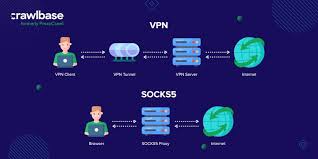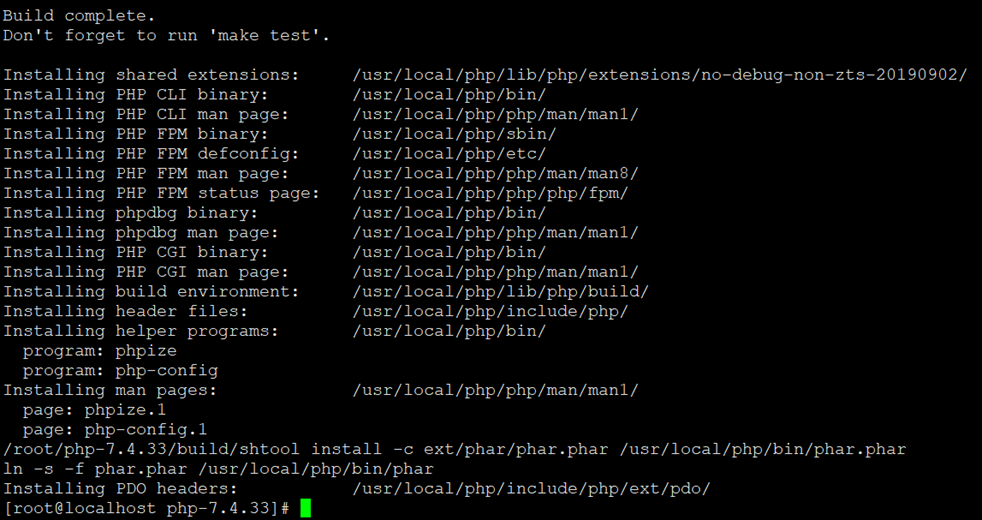1、概览 {#1概览}
Spring Data MongoDB 的 MongoRepository 接口提供了一种简单的方式与 MongoDB Collection 进行交互。
本文将带你了解如何在 MongoRepository 中使用 limit 和 skip。
2、初始设置 {#2初始设置}
首先,创建一个名为 StudentRepository 的 Repository,用于存储 Student 信息:
public interface StudentRepository extends MongoRepository<Student, String> {}
然后,向该 Repository 添加一些 Student 示例数据:
@Before
public void setUp() {
Student student1 = new Student("A", "Abraham", 15L);
Student student2 = new Student("B", "Usman", 30L);
Student student3 = new Student("C", "David", 20L);
Student student4 = new Student("D", "Tina", 45L);
Student student5 = new Student("E", "Maria", 33L);
studentList = Arrays.asList(student1, student2, student3, student4, student5);
studentRepository.saveAll(studentList);
}
3、使用聚合管道(Aggregation Pipeline) {#3使用聚合管道aggregation-pipeline}
聚合管道是处理、转换和分析数据的强大工具。它的工作原理是将多个阶段(stage)连在一起,每个阶段执行特定的操作。这些操作包括过滤、分组、排序、分页等。
通过一个基本示例来使用 limit 和 skip:
@Test
public void whenRetrievingAllStudents_thenReturnsCorrectNumberOfRecords() {
// WHEN
List<Student> result = studentRepository.findAll(0L, 5L);
// THEN
assertEquals(5, result.size());
}
上述聚合管道会跳过指定数量的文档,并将限制输出文档的数量。
@Test
public void whenLimitingAndSkipping_thenReturnsLimitedStudents() {
// WHEN
List<Student> result = studentRepository.findAll(3L, 2L);
// THEN
assertEquals(2, result.size());
assertEquals("Tina", result.get(0).getName());
assertEquals("Maria", result.get(1).getName());
}
我们甚至还可以在复杂的聚合管道中应用 limit 和 skip 功能:
@Aggregation(pipeline = {
"{ '$match': { 'id' : ?0 } }",
"{ '$sort' : { 'id' : 1 } }",
"{ '$skip' : ?1 }",
"{ '$limit' : ?2 }"
})
List<Student> findByStudentId(final String studentId, Long skip, Long limit);
测试如下:
@Test
public void whenFilteringById_thenReturnsStudentsMatchingCriteria() {
// WHEN
List<Student> result = studentRepository.findByStudentId("A", 0L, 5L);
// THEN
assertEquals(1, result.size());
assertEquals("Abraham", result.get(0).getName());
}
4、使用 Pageable {#4使用-pageable}
在 Spring Data 中,Pageable 是一个接口,用于表示以分页方式检索数据的请求。从 MongoDB Collection 中查询数据时,Pageable 对象允许我们指定页码、每页数据量大小和排序等参数。这对于在应用中显示大型数据集特别有用,因为在这种情况下一次性显示所有项目会很慢。
来看看如何使用 Pageable 定义 Repository 方法实现高效的数据检索:
Page<Student> findAll(Pageable pageable);
添加一个测试:
@Test
public void whenFindByStudentIdUsingPageable_thenReturnsPageOfStudents() {
// GIVEN
Sort sort = Sort.by(Sort.Direction.DESC, "id");
Pageable pageable = PageRequest.of(0, 5, sort);
// WHEN
Page<Student> resultPage = studentRepository.findAll(pageable);
// THEN
assertEquals(5, resultPage.getTotalElements());
assertEquals("Maria", resultPage.getContent().get(0).getName());
}
5、总结 {#5总结}
本文介绍了如何在 MongoRepository 中使用 skip 和 limit,此外,以及如何使用 Pageable 参数简化分页查询。
Ref:https://www.baeldung.com/spring-data-mongorepository-limit-skip
 51工具盒子
51工具盒子






